Materials: Coming to Life
While life has been long lauded for its resilience, it is often facile to overlook the seemingly simple mediums that serve as the key to its continuation. This is why materials are integral to culture, life, and science.
As ambiguous as “materials” may sound, their relevance to mankind and the advancement of science and art has been integral. From the Venetians’ primitive use of nanoparticles in colored glass, influencing the art and mentality of the people, to Newton’s discovery of glass’ refractive index, light and colored was taken to the next level. Truly, the curiosity for the unusual has not been sated even in the face of five centuries.
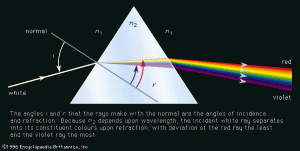
Even now, light, with its myriad of potential colors has been a subject of fascination. While color is simply a manner of the absorptions and interpretations of light, it can be harnessed for practical artistic and scientific endeavors. Either for further analysis on the conservation of the particular molecular structure or to labeling cancerous cells with quantum dots, color brings the unfamiliar and the familiar, allowing new perspectives and visions to be heard and seen. Like Kusama’s journey in finding acceptance for her dotted vision, Da Vinci’s diagrams on the heart valve too did not gain acceptance for a long time.
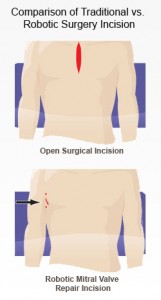
His designs now inspires new technology in mitral valve repair that’s considered one of the most effective and painless methods of repair.
Monet, pointillism, Kusama, and Flavin sought the materials of the natural and synthetic world in order to project their images. In order to preserve these images, science and art coalesce with modern technology, including the fadeometer and the process of oxidation-reduction.
The Material of Tomorrow
Beyond the hydrophobic, lies the superhydrophobic. The boundaries of extremes are crossed and in the wake, new technology and possibilities rise. The impossibilities of yesterday become the realities of today: wind, algae and solar power to name a few. Today, we saw algae glow fluorescently in a vial as the speaker’s motions irritated the sample.

Links:
http://www.davincisurgery.com/cardiothoracic/cardiac-procedures/mitral-valve-repair.html
http://www.britannica.com/EBchecked/topic/495677/refractive-index
http://superhydrophobiccoating.com/
http://home.utah.edu/~ptt25660/solar.html
http://www.invitrogen.com/site/us/en/home/brands/Molecular-Probes/Key-Molecular-Probes-Products/Qdot.html
 Over the past few days we have been talking about the relationship between science and art. For one thing, we learned that the relationship between science and art is inclusive. In fact, during the renaissance period, people often held talents in both art and science. Back then the notion of left brain and right brain did not exist, it was just seen as one big brain. And they seemed to accomplish a lot, thinking like that.
Over the past few days we have been talking about the relationship between science and art. For one thing, we learned that the relationship between science and art is inclusive. In fact, during the renaissance period, people often held talents in both art and science. Back then the notion of left brain and right brain did not exist, it was just seen as one big brain. And they seemed to accomplish a lot, thinking like that.
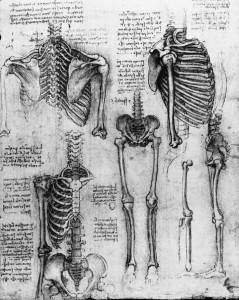
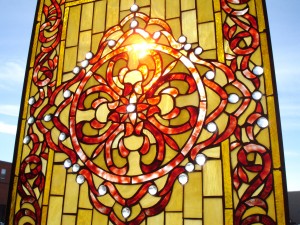
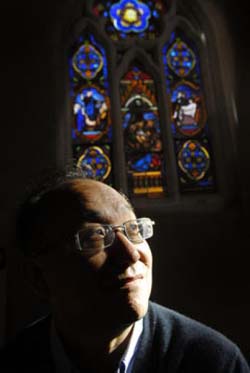
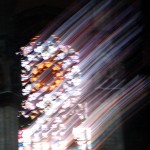
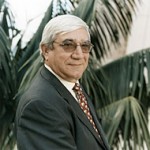
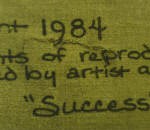



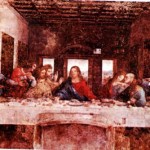
 were to be done and what they were suppose to be about I was less than enthused. Once my group finally picked a topic and started really going in-depth with it, I became genuinely After a lot of really ridiculous, far-out ideas, we landed on using nano materials to cause skin to glow whenever it is shaken. This would be used in the concerts, the Olympics, and other performance events to make the events look really amazing.
were to be done and what they were suppose to be about I was less than enthused. Once my group finally picked a topic and started really going in-depth with it, I became genuinely After a lot of really ridiculous, far-out ideas, we landed on using nano materials to cause skin to glow whenever it is shaken. This would be used in the concerts, the Olympics, and other performance events to make the events look really amazing. came up during a lab visit, the only thing I could focus on was how much I hate red tide. Low and behold, that same thing that I hate so much is what my project is based on.
came up during a lab visit, the only thing I could focus on was how much I hate red tide. Low and behold, that same thing that I hate so much is what my project is based on.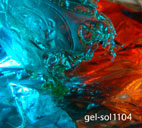

 the scanning electron microscope, and a regular light microscope. The lab was underground so that in the event of an earthquake, the machines, which are very fragile, would not be harmed. It also keeps other movements and noises out which can hinder the pictures that the microscopes take.
the scanning electron microscope, and a regular light microscope. The lab was underground so that in the event of an earthquake, the machines, which are very fragile, would not be harmed. It also keeps other movements and noises out which can hinder the pictures that the microscopes take. microscope samples have to be put into a vacuum, no living things could go into them unless the water in them was replaced or they were put into liquid nitrogen.
microscope samples have to be put into a vacuum, no living things could go into them unless the water in them was replaced or they were put into liquid nitrogen.





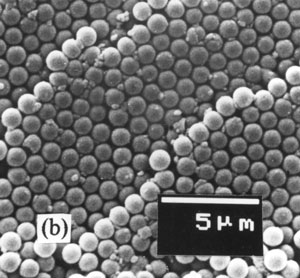
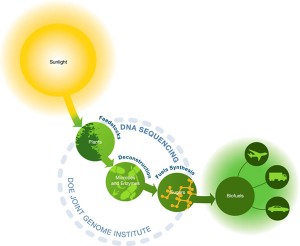
 Nanomedicine demonstrates the future of our well-being and health. It is by definition “the medical application of nanotechnology.“ Nanomedicine will employ engineered molecular machine systems to address medical problems, and will use molecular knowledge to maintain and improve human health at the molecular scale. This useful and new technique of medicine offers tools for disease diagnoses, new biological devices, and new drugs and medicines for our world.
Nanomedicine demonstrates the future of our well-being and health. It is by definition “the medical application of nanotechnology.“ Nanomedicine will employ engineered molecular machine systems to address medical problems, and will use molecular knowledge to maintain and improve human health at the molecular scale. This useful and new technique of medicine offers tools for disease diagnoses, new biological devices, and new drugs and medicines for our world. g the movement of proteins within cells from their site of production to their final destination. These proteins are shuttled in cells in a specialized container called a coated vescicle. A researcher working in Dr. Rome’s laboratory, was separating coated vesicles into highly-purified fractions and found unusual ovoid particles consisting of a single protein. Further analysis established that the particles were unrelated to coated vesicles and were named “vaults” for their structural features consisting of multiple arches such as vaulted ceilings of cathedrals.
g the movement of proteins within cells from their site of production to their final destination. These proteins are shuttled in cells in a specialized container called a coated vescicle. A researcher working in Dr. Rome’s laboratory, was separating coated vesicles into highly-purified fractions and found unusual ovoid particles consisting of a single protein. Further analysis established that the particles were unrelated to coated vesicles and were named “vaults” for their structural features consisting of multiple arches such as vaulted ceilings of cathedrals. 